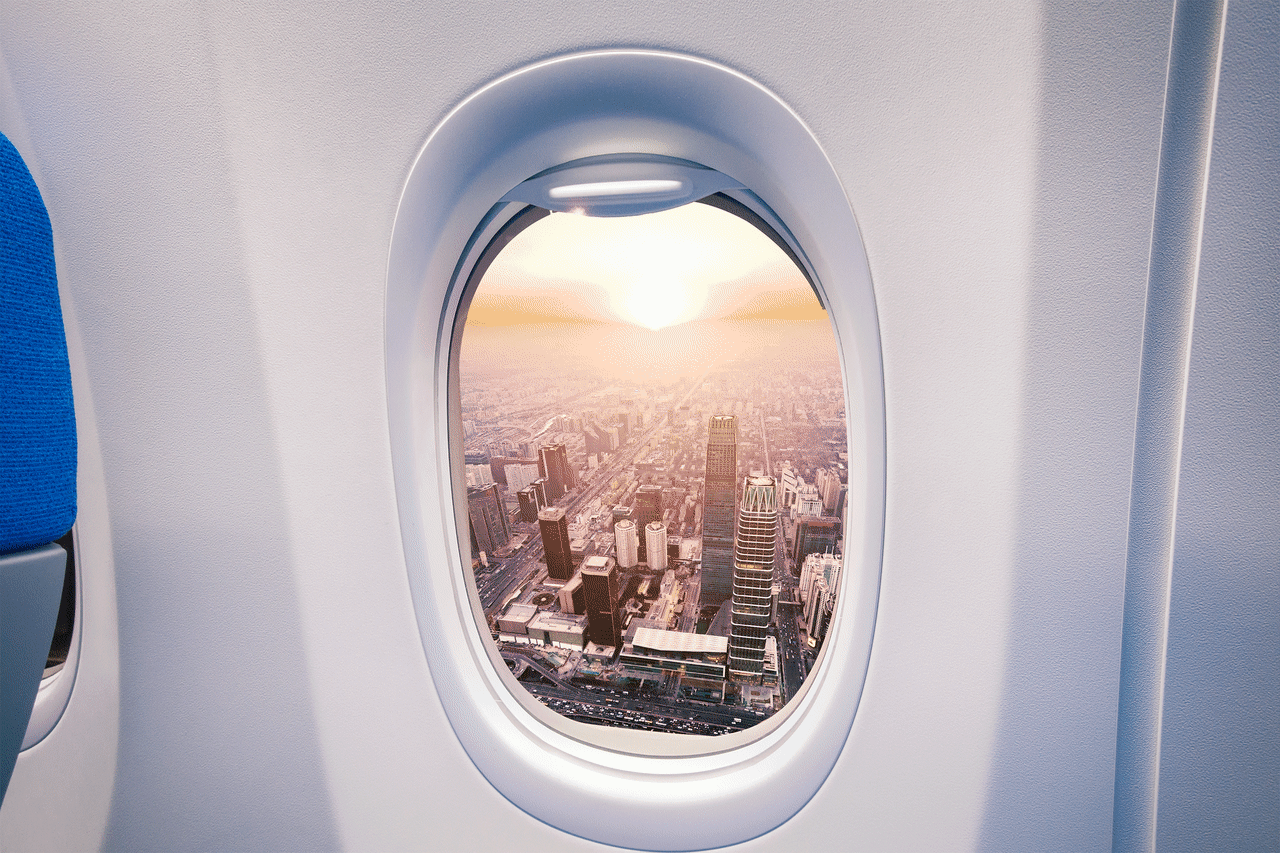What Happens to Your Body When You Fly
A whole lot when you’re 35,000 feet in the air.
Updated Sep 26, 2019 6:30 PM
We may earn revenue from the products available on this page and participate in affiliate programs.
There are more than 43,000 flights and 2.6 million airline passengers who fly every day. Yet, with all that frequency, flying is nowhere near easy. There is a never-ending list of stressors associated with flying, including the TSA, low-oxygen pressurized cabins, minimal leg room, and cramped bathrooms. Yet, it’s what’s going on inside that you should be focusing on to maximize your well-being. From takeoff to landing, here’s what you need to know to stay in top form at every stage of your flight.
Takeoff
You’ve boarded the plane and found your seat (and some coveted space in the overhead bin). Now that the stress of getting on the plane is over, please allow the stress of being on a plane and the subsequent dehydration to begin immediately. Your body can lose up to 1.5 liters of water on just a three-hour flight. Partnered with the humidity levels of a pressurized cabin being epically low (even down to four percent), which is why your skin and body moisture levels dip so severely over the course of a flight. (For comparison, the humidity in your home is usually above 30 percent, says the World Health Organization.) That dryness and cabin air pressure can even affect the moisture of your ears and sinuses, too, decreasing mucus flow and allowing viruses to stick inside the nose. To try to prevent extreme dehydration, drink as much water as possible and avoid caffeine and alcohol, which can dehydrate you even further.
Feeling a bit peckish already? You’ll probably be craving overly flavored snacks because your sense of taste is already compromised. Up to a third of taste buds go numb—yes, numb—at high altitudes. Why you tend to prefer very salty or sweet snacks is due to our new lack of taste sensitivity, which is about 30 percent less in the air compared to when we’re on the ground, according to a 2010 study commissioned by Lufthansa and conducted by the Fraunhofer Institute for Building Physics in Germany.
Mid-Flight
Once underway, you might be feeling sleepy, and that’s not only from an early wake-up call or dealing with different time zones. The main culprit of your drowsiness is actually lower oxygen levels. Your blood is absorbing less oxygen (thanks, again, to the pressurized air), which causes fatigue, headaches, and a general lack of mental sharpness. So go right ahead and watch that rom-com without an ounce of guilt. If you’re feeling bloated, that’s also due to the pressurized cabin. The swelling of internal organs is perfectly normal, but the discomfort associated with it is not the most fun. A recent New Zealand study (yes, someone actually studied this in great detail) recommends to not hold gas in on a flight, as it may result in increased bloating and even elevated blood pressure. Get up from your seat to keep your circulation (and digestion) moving. And to, er, create some distance from other passengers.
Another reason to stand: That tray table in front of you has been shown to house MRSA superbugs, and disease-causing bacteria, which can survive up to a week on seat pockets, window shades, and armrests. Even the water stored in planes has been found to contain traces of E. coli and other harmful bacteria. All that germ interaction can mean getting sick when you hop off the plane. To avoid interacting with superbugs, wipe down your seat, armrests, and tray table with a disinfecting wet wipe.
Landing
The time has come to put your seat upright and prepare for landing. As the plane descends, your likelihood for ear popping increases. Air can’t pass through and pressurize ears correctly, thus the popping and pressure. That’s why we swallow or yawn—it opens the ear tube, allowing airflow to return to normal pressure. An over-the-counter decongestant nasal spray can be helpful with excessive ear pressure when used 30 minutes before takeoff and landing.
Jet Lag
We throw the word “jet lag” around rather casually, but it’s actually a physiological condition that results from a disruption in the body’s circadian rhythms. In most cases, it can cause a variety of issues, from headaches to insomnia to general irritability.
Remember all those germs from the flight? (How could you ever forget?!) That bacteria molotov cocktail, paired with poor quality sleep, is a recipe for sickness. Research compiled by the Journal of Environmental Health Research found that people are 113 times more likely to catch the common cold during a flight than normal day-to-day travel. So you’re not imagining that sore throat and body aches; blame it on the flight.
Keep reading “What Happens When…” What Actually Happens to Your Body When You Give Up Meat What Actually Happens to Your Body When You Get Enough Sleep Whoa: This Is What Happens to Your Body When You Drink Enough Water
